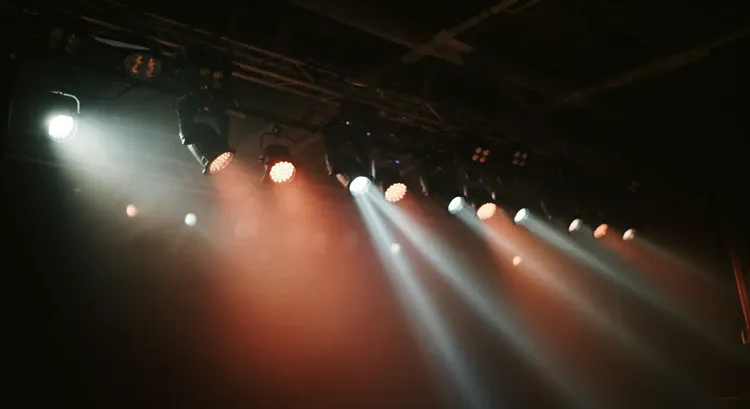RDM (Remote Device Management) is a two-way protocol based on DMX512, described in the ANSI E1.20 standard. It allows lighting fixtures, drivers, and other devices to transmit information back to the controller. Unlike standard DMX, which operates only “one way,” RDM provides feedback.
What Can Be Done with RDM
Automatically Assign Addresses to Devices
The controller sees all connected devices and allows addresses to be assigned directly from the console or software—without physical access.
Check Device Status
For example, find out the temperature inside the device, dimming mode, signal level, driver errors, or overheating.
Update Configuration Remotely
It’s possible to change the operating mode, channel, dimming curve, device name, and much more—without opening cabinets or climbing a lift.
Detect Faulty Devices
RDM makes it possible to quickly locate a device that has failed or is operating unstably—especially useful when servicing large architectural objects.

